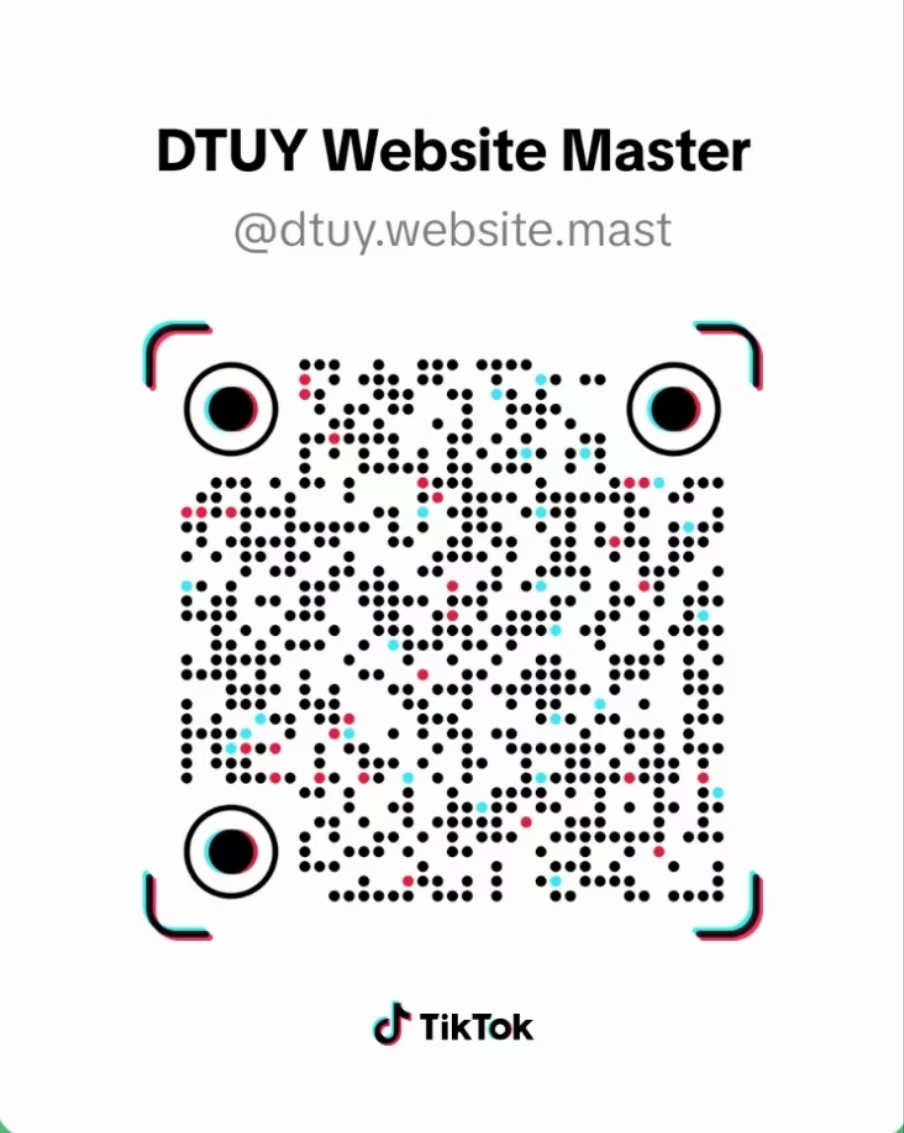In the cross-border e-commerce battlefield in 2025, websites are no longer simple "official websites", but rather strategic hubs for enterprises to penetrate cultural barriers and reconstruct business rules. The market, consumer behavior and basic e-commerce conditions in different countries and regions vary significantly. Therefore, when building websites, foreign trade companies must carefully consider the choice and layout of the target market.
1. European and American markets: the double test of brand and personalization
As one of the most mature and active e-commerce markets in the world, the European and American markets have a high recognition of free brands. When building websites, foreign trade companies should pay attention to the telling of brand stories and shaping their brand image to attract the attention of European and American consumers. At the same time, European and American consumers prefer to shop on sites with distinct personalities and free and independent personalities. Therefore, the website's UI design and shopping experience need to fully demonstrate personalized characteristics and meet the unique needs of consumers.
European and American consumers are willing to pay a 47% premium for brand stories, and the website needs to build a "value manifestation" system. For example, a Shenzhen smart home brand has displayed product environmental data in real time through the official website's "Carbon Footprint Tracker", which has increased the repurchase rate in the German market by 90%.

Source: pexels
2. Japanese and Korean markets: Brand premium and diversified competition
Japan and South Korea have developed economies, and consumers highly recognize brand premiums. In the Japanese and Korean markets, website sellers face competition with many local brands and e-commerce platforms. Therefore, when website design, foreign trade companies need to have a deep understanding of the shopping habits and preferences of Japanese and Korean consumers, and provide goods and services that meet local market needs. At the same time, through precise marketing strategies and high-quality customer service, the brand's popularity and reputation in the Japanese and Korean markets are enhanced.
Details: Japanese consumers will give up purchasing due to product size errors of 0.1mm, and the official website needs to be equipped with 3D model millimeter-level zoom function. A Hangzhou precision tool station introduced nano-level product dismantling video, with a 210% increase in conversion rate.
Social media integration technology: Through the in-depth docking of Line and Kakao Talk, a Korean beauty website has achieved a 15-minute closed loop of "social media planting - official website weeding", with a return rate of only 3.8%.
3. Southeast Asian market: traffic dividends and digital marketing
The Southeast Asian market is in a period of rapid economic development and high social media penetration rate, providing huge traffic dividends for cross-border e-commerce. When website design of foreign trade enterprises, they should make full use of social media platforms for marketing and promotion to improve brand exposure and user stickiness. At the same time, in response to Southeast Asian consumers' preference for low-priced products, the website should provide a diverse selection of product and promotional activities to attract more consumers.
TikTok+ website double helix: An Indonesian clothing brand has directed traffic through short video chains, and cooperated with the official website’s “group bargaining” function, and the peak daily orders exceeded 20,000 orders.
Minimalist revolution: compressing website loading speed to 1.2 seconds (GTmetrix), and the bounce rate of the Philippines mobile terminal dropped from 68% to 19%.
4. Russian market: E-commerce blank
Due to the influence of international turmoil, some large e-commerce platforms have withdrawn from the Russian market, providing broad space for the website. When website design , foreign trade companies should pay attention to the special needs and regulations of the Russian market to ensure the compliance of the website. At the same time, by providing goods and services that meet the needs of Russian consumers, as well as high-quality logistics and distribution and after-sales services, we will win the trust and loyalty of consumers.
5. Middle East Market: Brand Official Website and High-End Consumption
Middle Eastern consumers are extremely loyal to brands. Once they identify a brand, they will buy it directly on the official website. Therefore, when foreign trade enterprises website design in the Middle East market, they should pay attention to the construction and maintenance of brand official websites and provide high-quality goods and services. At the same time, in view of the high-end consumption characteristics of the Middle East market, the website should show the brand's sense of luxury and quality to meet the needs of consumers.
6. African and Latin American markets: potential and opportunity coexist
African and Latin American markets have huge potential as emerging markets. When building websites, foreign trade enterprises should fully understand the consumption characteristics of the local market and the basic conditions of e-commerce, and formulate practical market entry strategies. At the same time, by optimizing website performance, improving user experience, and carrying out effective marketing and promotion activities, the brand's popularity and influence in these markets will be enhanced.
When building a foreign trade enterprise website, factors such as the prospects of the target market, the degree of competition, the basic conditions of e-commerce, and the compatibility between the category and the market must be comprehensively considered. Develop differentiated website design and operation strategies based on different market characteristics. At the same time, with the help of a professional cross-border enterprise website system, DTUY ’s one-stop solution provided by his company, it realizes full management from brand building, marketing promotion to customer conversion and closed transaction loops, helping enterprises easily achieve global layout.




 129
129

















